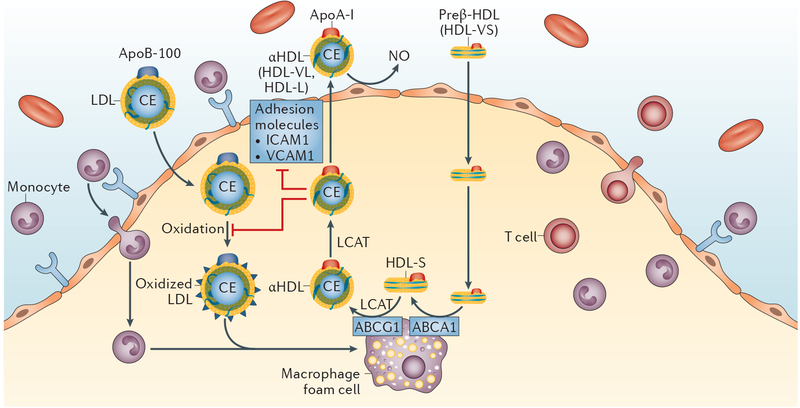Figure 2 |. Role of HDL in the modulation of coronary atherosclerosis.
HDL protects against atherosclerosis through multiple mechanisms, as illustrated. HDL performs a pivotal role in removing cholesterol from cholesterol-loaded macrophages by binding to ABCA1 and stimulating the process of reverse cholesterol transport. In reverse cholesterol transport, preβ-HDL (HDL-VS) binds to the ABCA1 transporter and initiates cholesterol efflux with the conversion of preβ-HDL (HDL-VS) to HDLα (HDL-S). LCAT catalyses the esterification of cholesterol to CEs and the maturation of HDL to CE-rich mature HDL, which can transport cholesterol back to the liver or exchange CEs for triglycerides with the apolipoprotein B-containing lipoproteins. HDL also enhances the endothelial synthesis of NO, a potent vasodilator, to ameliorate endothelial dysfunction, and might also reduce coronary atherosclerosis by decreasing the expression of adhesion molecules on endothelial cells to reduce inflammation, and by decreasing LDL oxidation. Abbreviations: ABCA1, ATP-binding cassette transporter A1; ABCG1, ATP-binding cassette transporter G1; apoA-I, apolipoprotein A-I; apoB-100, apolipoprotein B-100; CE, cholesteryl ester; HDL, high-density lipoprotein; HDL-L, large HDL particle; HDL-S, small HDL particle; HDL-VL, very large HDL particle; HDL-VS, very small HDL particle; ICAM1, intercellular adhesion molecular 1; LCAT, lecithin-cholesterol acetyltransferase; LDL, low-density lipoprotein; NO, nitric oxide; VCAM1, vascular cell adhesion protein 1.

